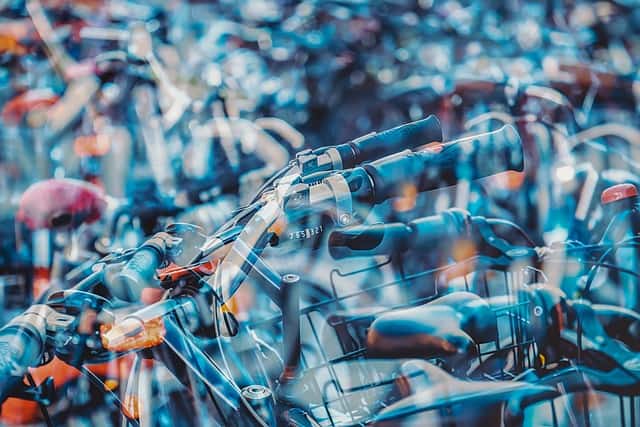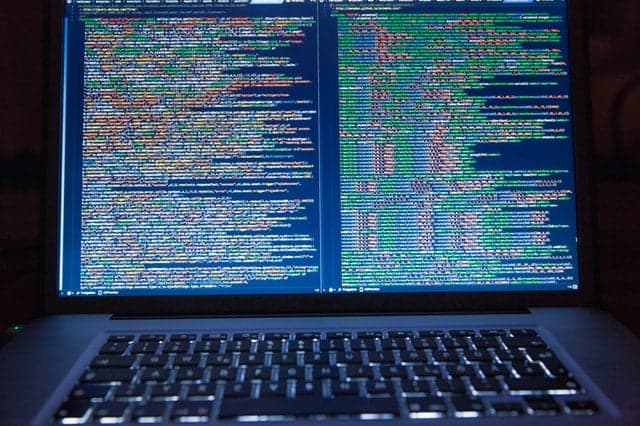Adding Artificial Intelligence to Drone Technology: Where It’s Heading?

As drones become more popular, the technology that drives them is growing by leaps and bounds. One such addition is artificial intelligence (AI), which is already in use by a number of drone companies.
An industrial drone armed with a variety of cameras and sensors can gather upward of 70 terabytes of data in a single flight, according to Lauren Elmore, president of drone collection specialist Firmatek. “As machine learning improves, this wealth of data can be mined to produce insights into just about anything — e.g., equipment status, agricultural production and surveillance,” she said in an article posted on Unmanned Aerials Online.
Elmore further explains that drone flights can be directed by algorithms that dictate where information should be collected, allowing them to collaborate with other drones to accomplish tasks and ensure they’re automatically where they need to be.
Taking Care of Business
Tasks that used to be cost-prohibitive – such as counting pallets at a mulch yard – will be automated, giving business owners new insights into their inventory and revenue streams that they could rarely afford before, Elmore adds. “These automated counting procedures will be a staple of drone capabilities.”
And because drones powered by AI will automatically track inventory, they can also automate procurement, meaning supply chains will be able to respond to inventory changes in real time. “The businesses that take advantage of these capabilities will be far more agile than the competition,” Elmore said.
AI Drones and Construction Sites
Californian company Skycatch is building drones that use machine learning to map sites, plan work, and guide autonomous construction vehicles on building sites. According to New Scientist, over 5,000 Japanese building sites have used Skycatch drones over the past three years to map construction sites. The drones can scan a site and make a map of the terrain in just 15 minutes, a process that takes humans several days to complete.
Skycatch says that by combining the data from the drones’ aerial view with technology onboard self-driving construction vehicles, it will eventually gather enough information to independently guide the vehicles. “The machines will be able to acts on their own rather that just following a set of rules,” says Angela Sy, Skycatch’s head of AI and strategy.
The Big Picture
Of course, looking at the bigger picture, there are many other applications where artificial intelligence can improve our lives. That’s in part why Cameron Chell, co-founder of drone developer Draganfly Innovations, sees AI as one of the top technology trends for 2018.
“We use artificial intelligence in all sorts of ways today to make our lives easier,”said Cameron Chell in an interview with Digital Connect. “People just don’t realize how pervasive its use is. Using artificial intelligence to monitor and flag possibly fraudulent transactions is useful. The more we understand its potential, the more we can create new uses around it,” Chell says.
There are several advantages to applying AI technology into drones, such as the military or the delivery industry. But there are currently no rules or regulations on drones and artificial intelligence. We’ll have to wait and see how new laws might affect this emerging technology.





